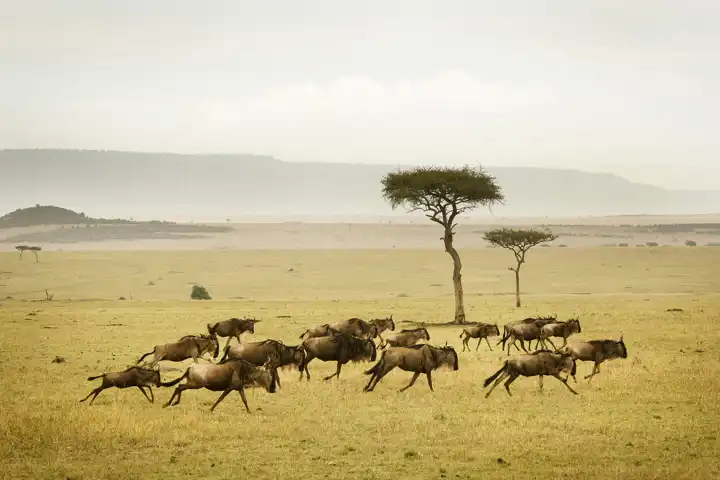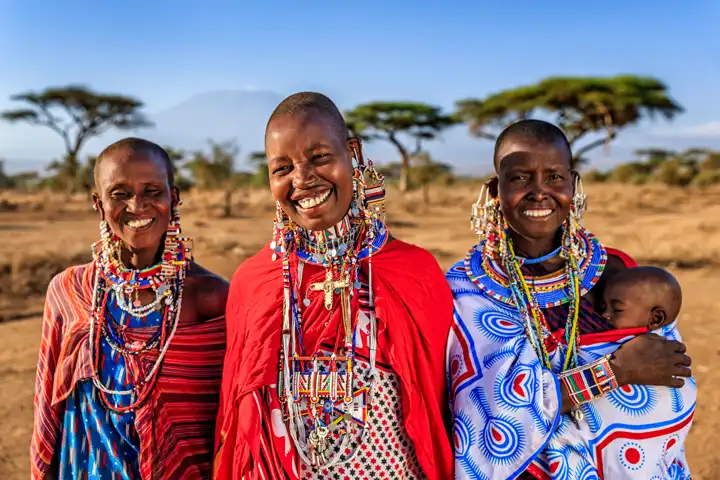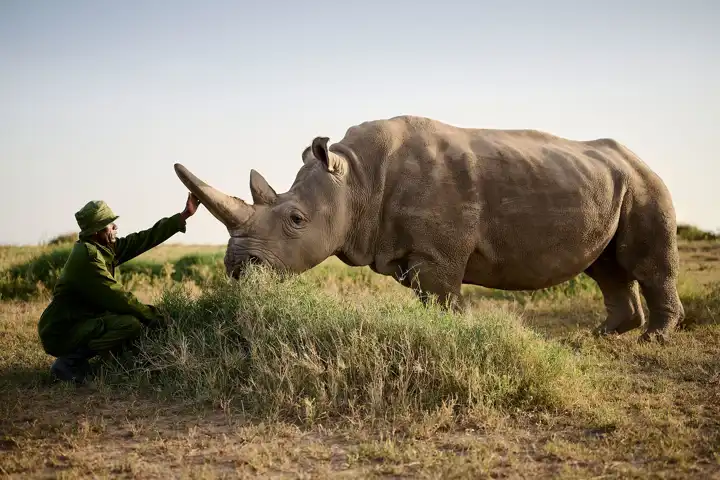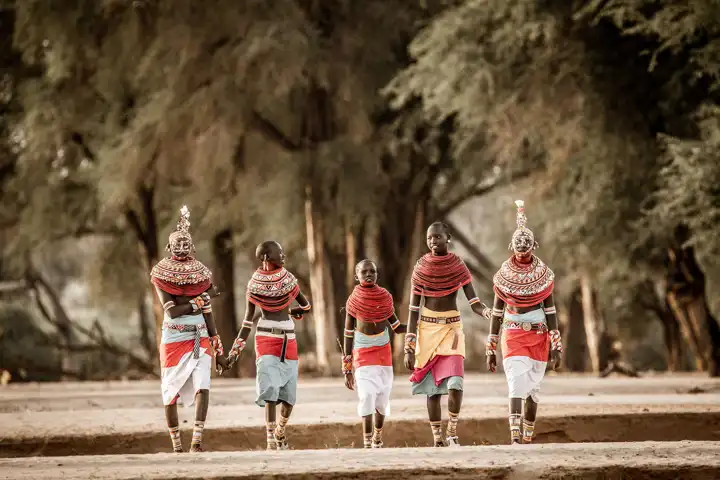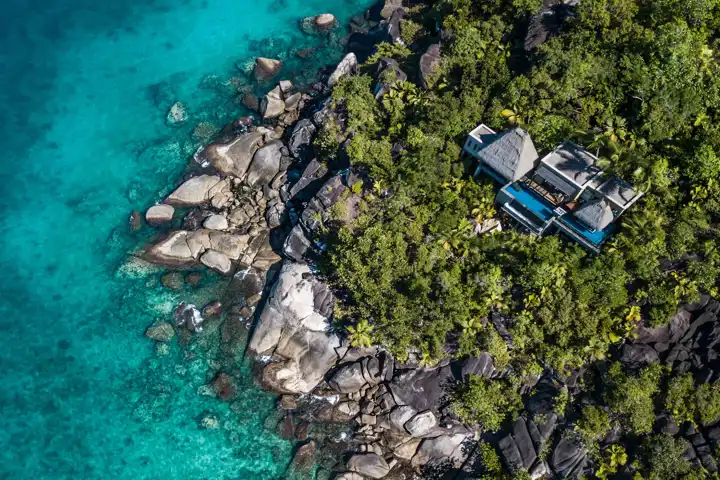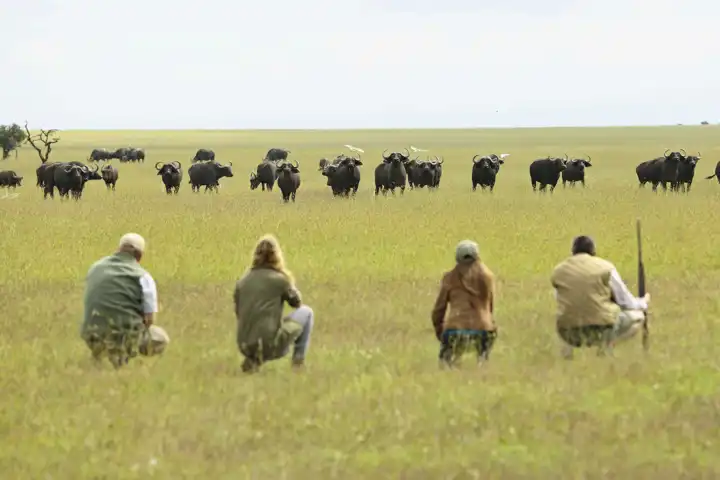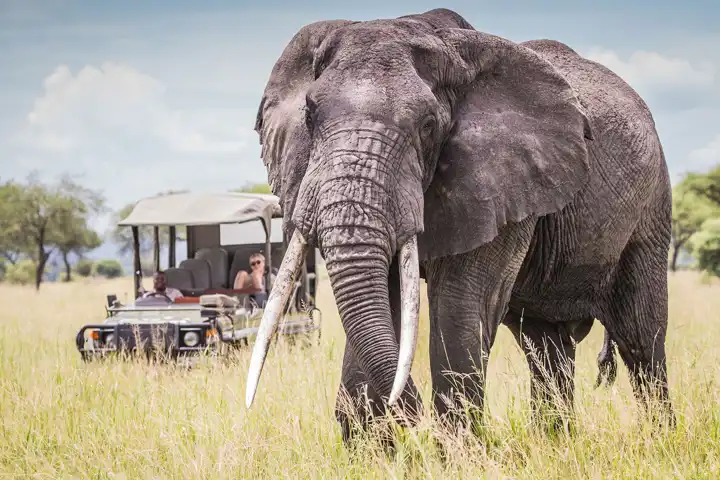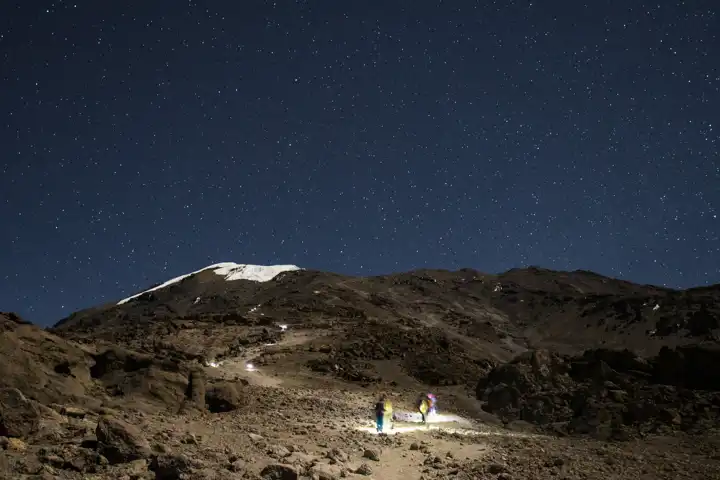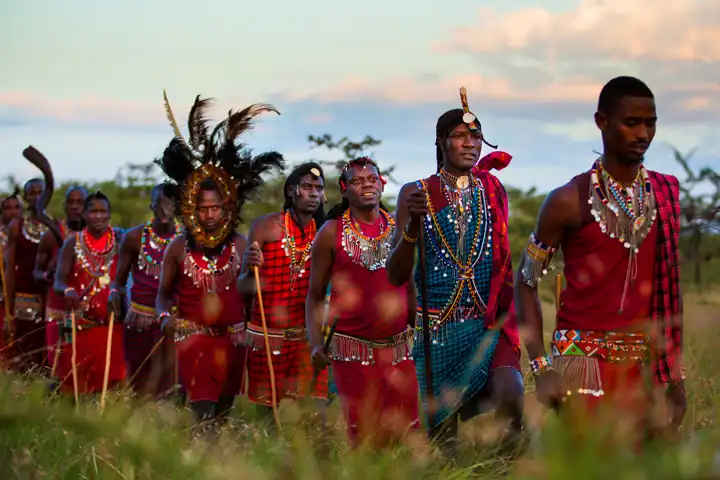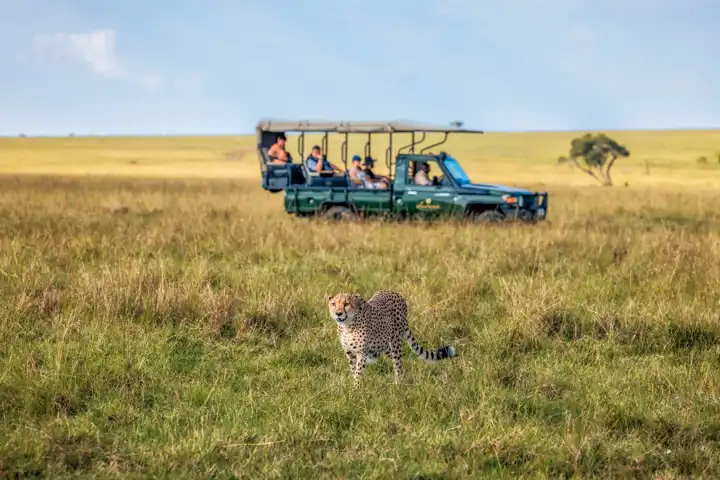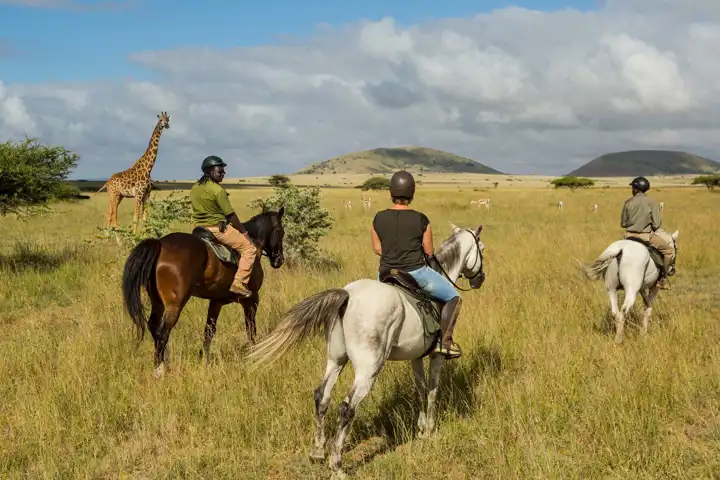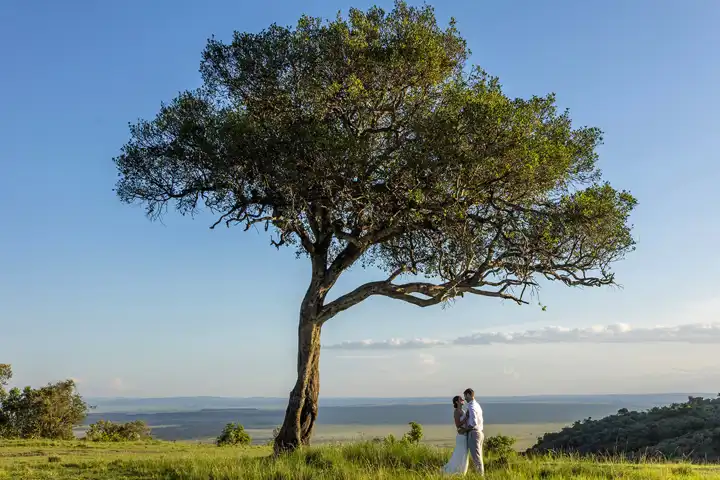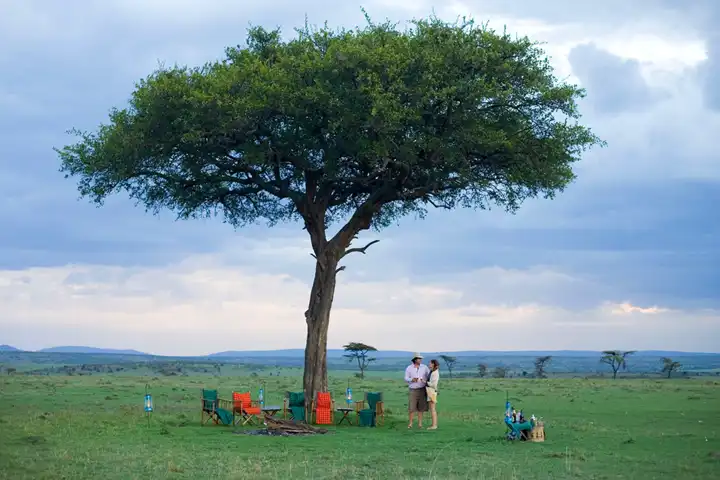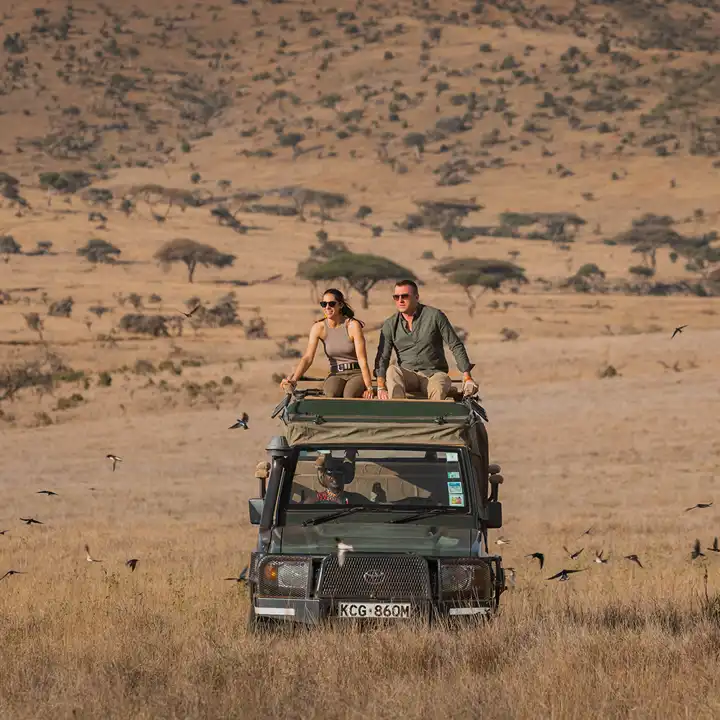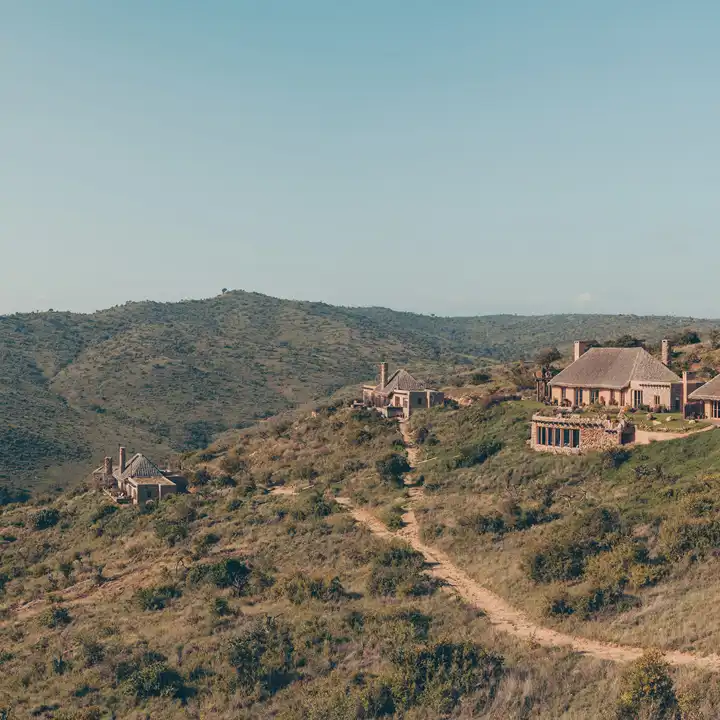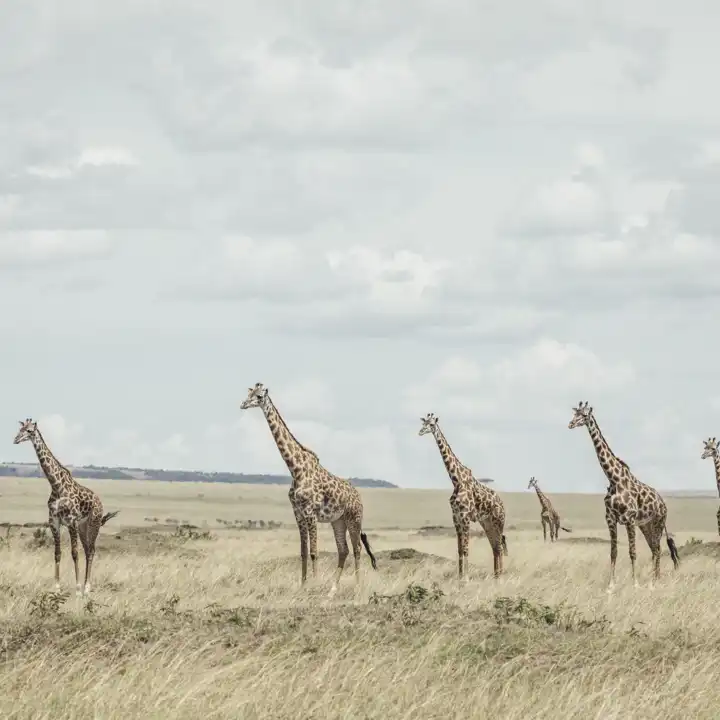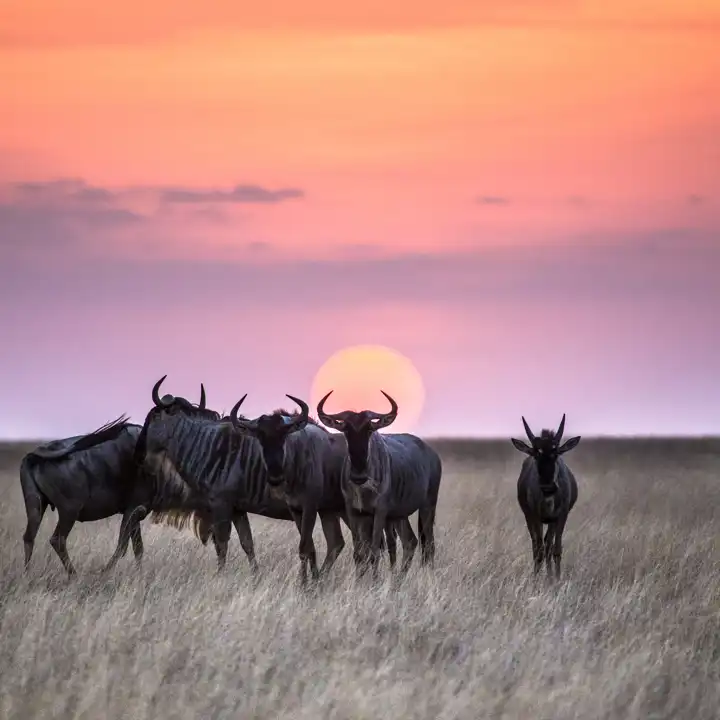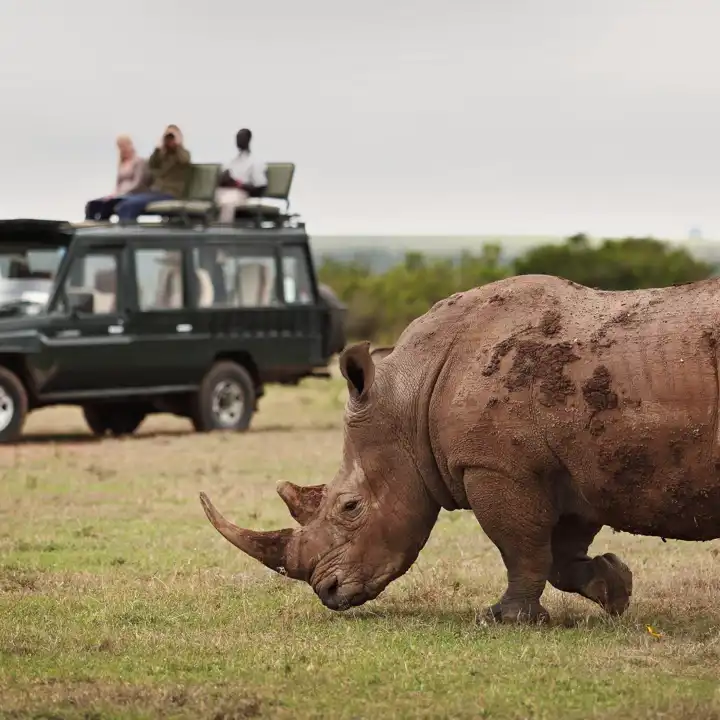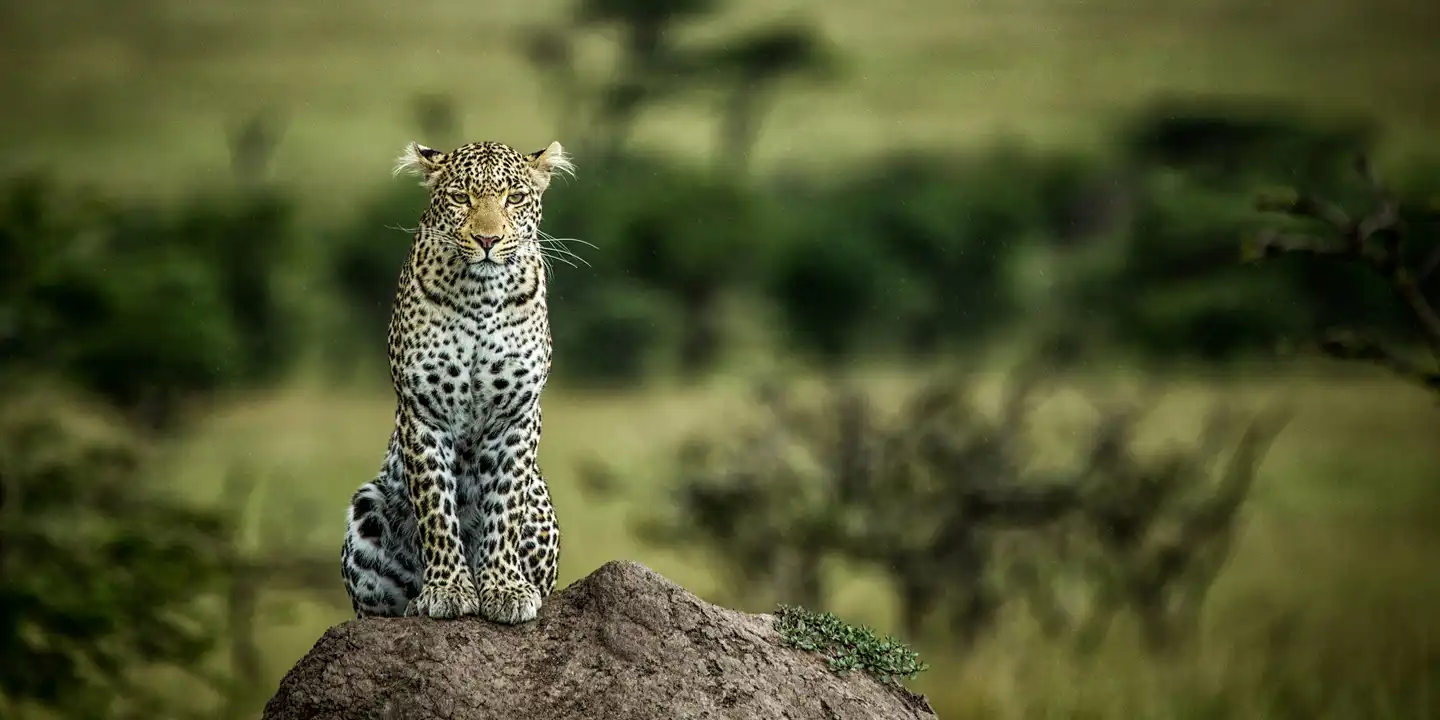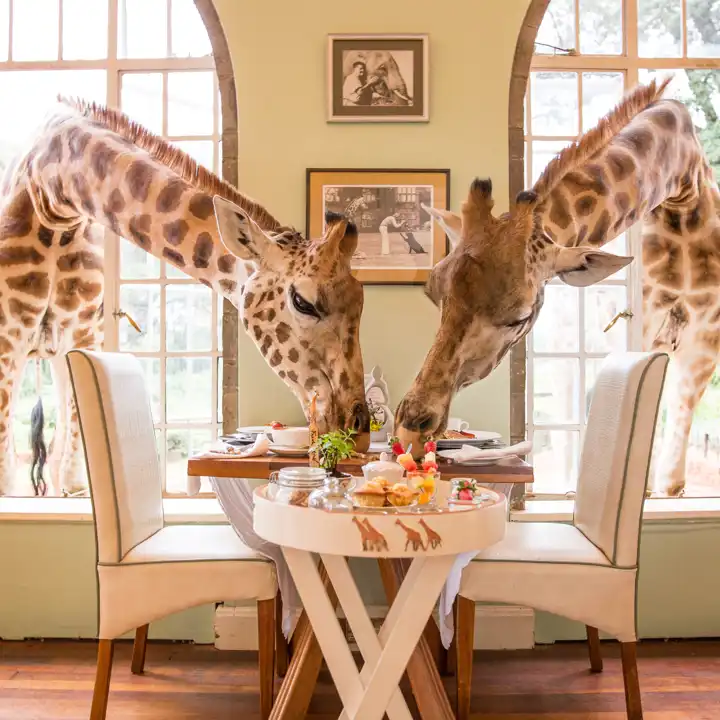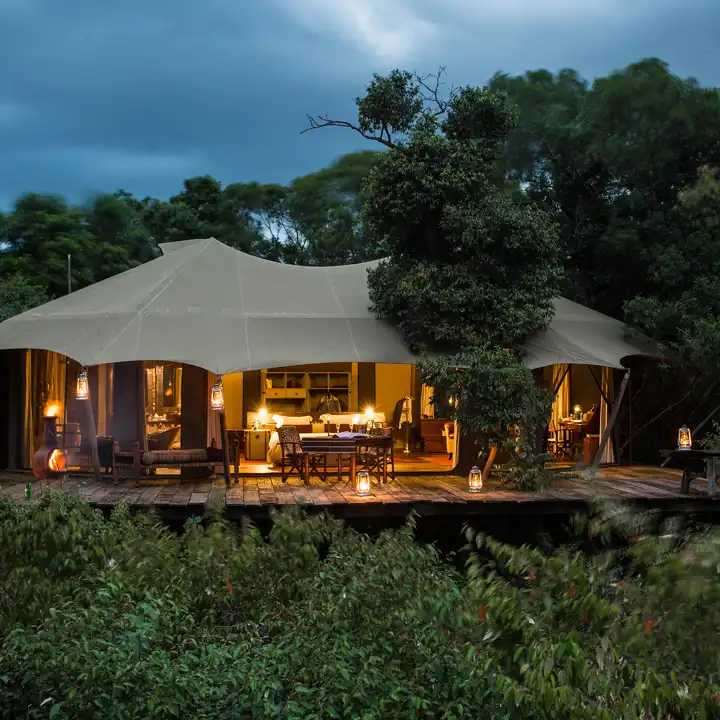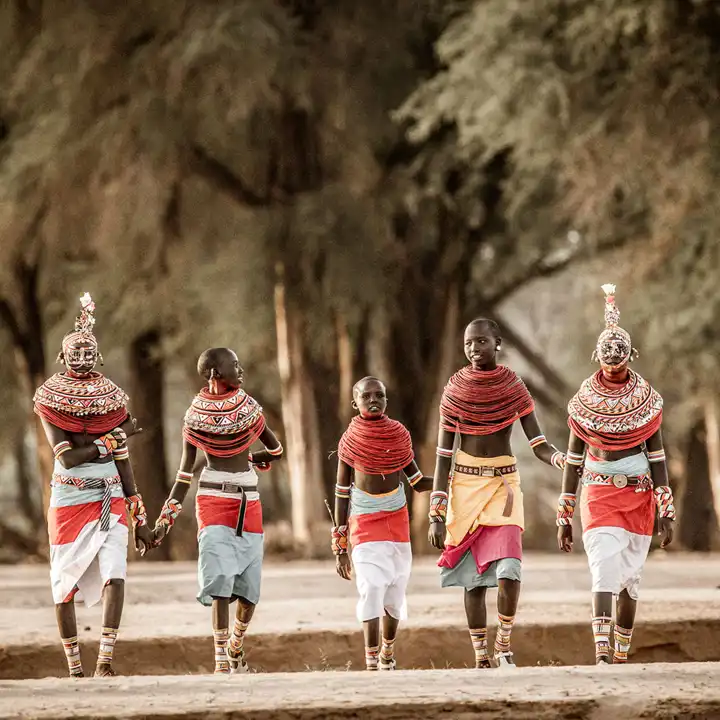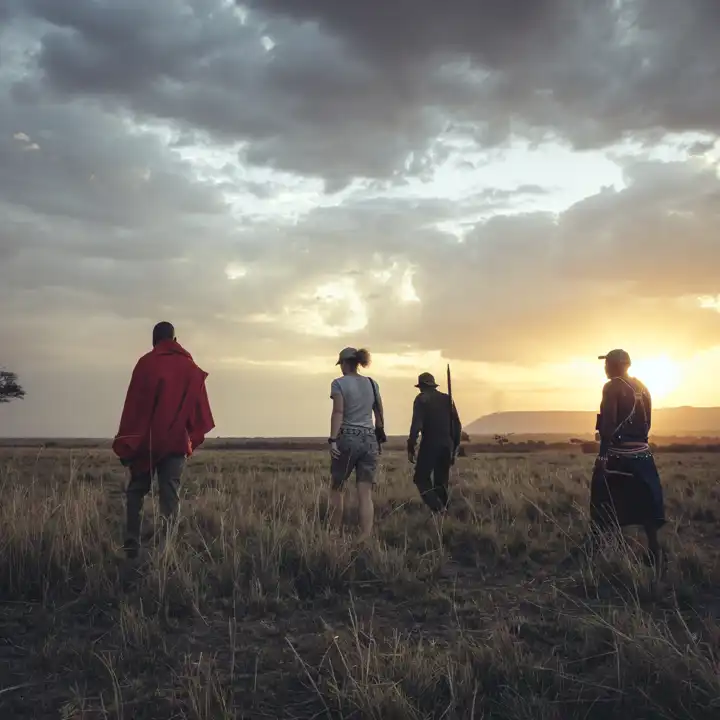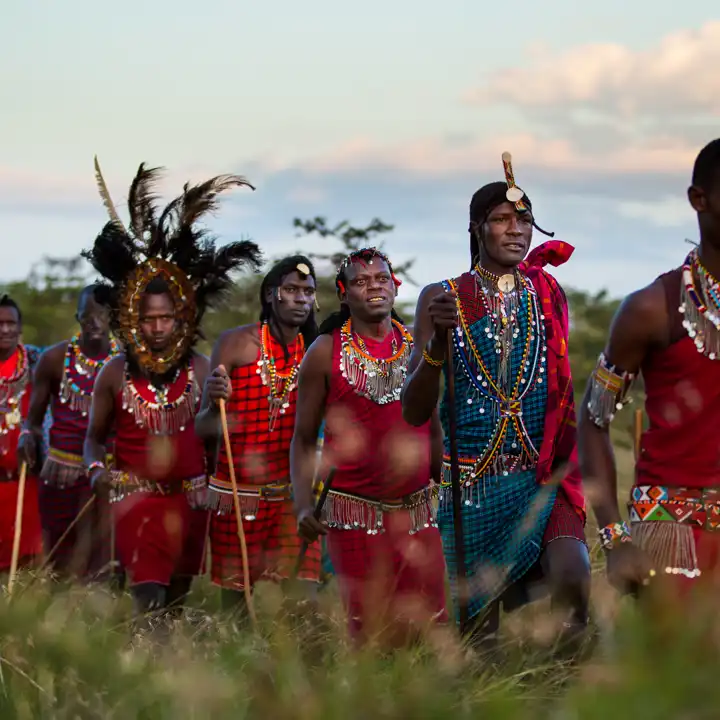Kenya
Answer the Call to the Wild
Kenya
When most people envision Africa, they are likely picturing the landscapes of Kenya. Located on the equator, Kenya offers plains teeming with game, cultures as old as time and unchanged by the modern world, and vast African horizons stretching into eternity.
Timeless Treasures
Embarking on a Kenya luxury safari reveals some of the most timeless treasures of this storied country. Here you’ll find a land of exquisite diversity and wildlife. It begins with a luxury Ker & Downey safari through the Masai Mara, where the indigenous Maasai people are steeped in their rich traditions and celebrations, and troves of wildebeests and zebras migrate in their millions, the great predators following in their wake. Of all of Kenya’s wonders, two undeniably stand as the most iconic. The tall, slender semi-nomadic Masai tribes clothed in vivid shades of red and blue stand nobly against the stark landscape. And finally, The Great Migration crossing the acacia-dotted plains, a sight that no camera could ever do justice.
Wildlife Mecca
Kenya is also home to Amboseli and the giant elephant families roaming through the shadows of Mt. Kilimanjaro. It boasts vast stretches of savannah plains dotted in singular acacia trees. It also clings tightly to the Great Rift Valley. Pink flamingos flock to its many lakes. To the southeast, Kenya’s palm-fringed coastline along the Indian Ocean is an unsung paradise starkly contrasting the game-rich plains. Meanwhile, Hemingway’s beloved “Green Hills of Africa,” extend through the volcanic craters of Chyulu Hills.
Adventures in Kenya
Kenya luxury safaris are the answer to any adventurer’s call to the wild. Delve into her national parks, great reserves, and wildlife refuges. Kenya is ideal for any safari enthusiast who isn’t afraid of experiencing amazing game viewing on foot, mountain bike, camel, horse, or private vehicle. Here, there is an endless opportunity for adventure and breathtaking moments of discovery. Yet you need not sacrifice comfort for an intrepid spirit of adventure.
Kenya Luxury Safaris with Ker & Downey
Each of Ker & Downey’s luxury safaris in Kenya feature only the most exclusive luxury tented camps with all the amenities of home and private game drives without the hindrance of other tourists. Contact your Ker & Downey representative to personalize your next Kenya luxury safari in the exemplary heart of Africa today. Meanwhile, browse our completely customizable Kenya vacation packages for inspiration.

